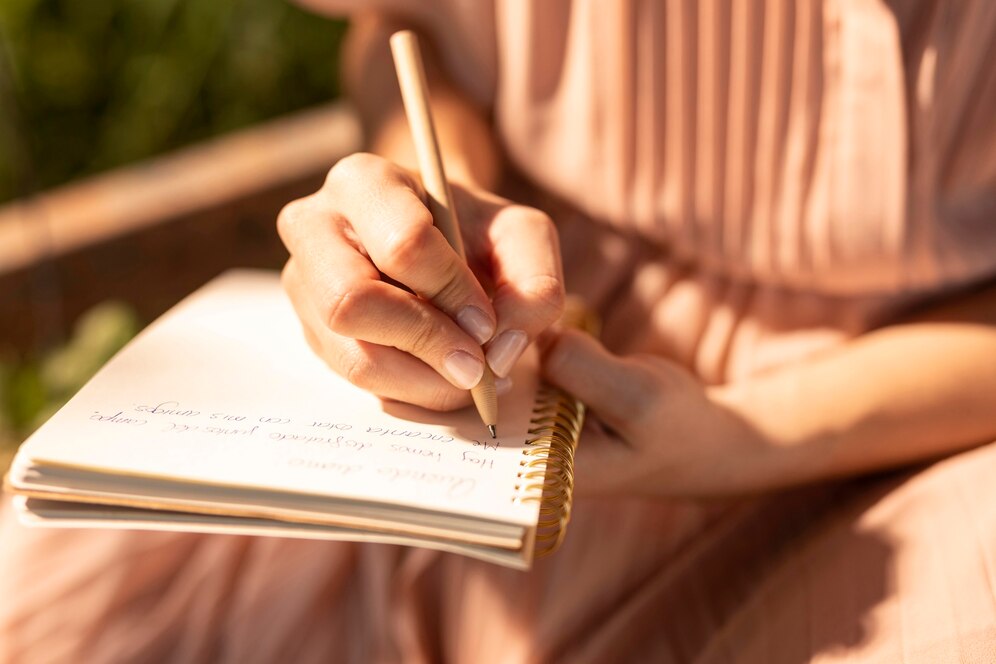By Maria- Nefeli Andredaki,
Have you ever thought about the fact that poetry has become extremely accessible in our day and age? And have you also noticed that now, more than ever before, there is space and opportunity for diverse voices to be heard? These two things are, of course, interconnected, resulting, along with other factors, in today’s poetry resurgence. Seriously, I do not know a single person who has never attempted to express themselves in their phone’s notes app! Verse or free-verse, rhyme or non-rhyme, haiku, and acrostic, poetry is a great, immediate way to express ourselves and relate to others.
But what is it that has led poetry to gain such a fan base in the last few years? According to the National Endowment for the Arts, 28 million adults claimed to regularly read poetry in 2017, a number that has significantly grown since then, especially after the Covid-19 pandemic, and does not even include teenagers! However, you don’t have to search for the numbers; if you look around, you will see many slam poetry competitions or open-mic nights taking place during nightlife. And they are very successful too, attracting audiences and participants from all walks of life!

There are many reasons as to why poetry is enjoying such popularity right now, the main one being its accessibility. With the use of social media, namely Instagram and Tumblr, people gain more and more opportunities to create, share, and own their work. The days when an artist would have to go through an excruciating and soul-sucking process in order to be published are over. In fact, if someone’s work gains a lot of traction on a social media platform, it is all the more likely that a publisher will see it and be interested in working with them, resulting in the traditional publishing of an artist who began as an “Instapoet”. The term “Instapoetry” itself is highly controversial, with many poets accused of being fake or subpar due to their medium of expression. Whatever your opinion on that may be, it is truly admirable how one platform can foster both the creation of art and its promotion, resulting in poetry’s ultimate goal; to relate and connect.
On top of that, poetry in this day and age is characterized by something unprecedented; it is significantly less white and heterosexual! While Robert Frost and Edgar Allan Poe have secured their place in the history of poetry, more voices, who sound nothing like them and have been fighting since the dawn of time for a place at the table, are finally getting the recognition they deserve. And of course, it goes without saying that when people are able to relate to an artist when they are able to find pieces that express their Black, Indigenous, Asian, queer, and everything-in-between experience, they are more likely to engage with and to create poetry.
When times of turbulence and loneliness come to a close, when social stagnation and decay are slowly overcome, then arrives a period of renewal, regeneration, and Renaissance. This is what the resurgence of poetry feels like after years of social distancing, fear, and dehumanization. People have a desire to feel and connect, to be seen and accepted, which is exactly why poetry, as a genre, will keep progressing and reinventing itself.
Don’t forget to celebrate Poetry Day on the 21st!
Reference
- The Re-Emergence of Poetry. VIEWPOINT. Available here




